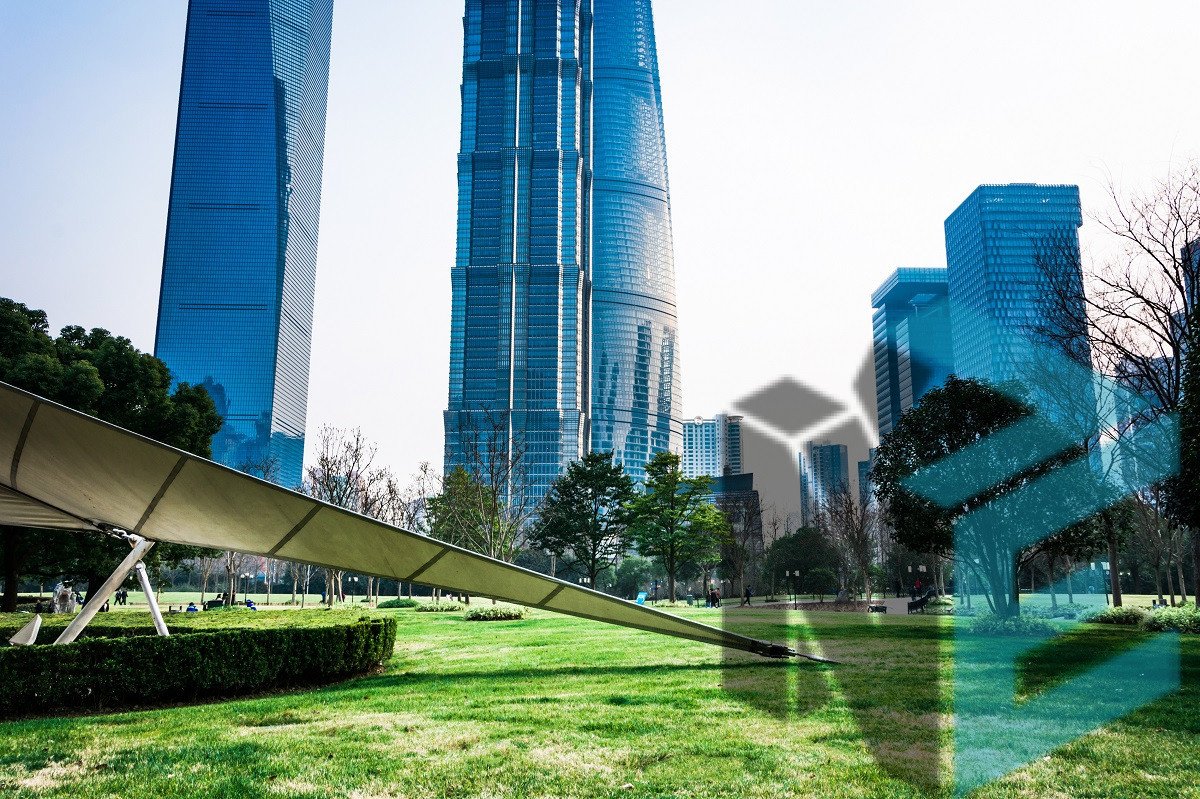Green building techniques have become increasingly vital in civil engineering as the industry seeks to reduce its environmental impact and promote sustainability. These techniques involve the use of eco-friendly materials, energy-efficient designs, and innovative construction methods that minimize the carbon footprint of buildings. This article explores some of the most effective green building techniques in civil engineering.
Importance of Green Building in Civil Engineering

Green building practices are crucial for creating sustainable and resilient infrastructure. By incorporating environmentally responsible methods, civil engineers can reduce energy consumption, conserve resources, and enhance the overall quality of life. Green buildings also offer economic benefits by lowering operating costs and increasing property values.
Top Green Building Techniques
Energy-Efficient Design
Energy-efficient design involves creating buildings that consume less energy through improved insulation, energy-efficient windows, and advanced HVAC systems. By optimizing energy use, these designs reduce greenhouse gas emissions and lower utility bills.
Sustainable Materials
Using sustainable materials is a cornerstone of green building. These materials include recycled content, renewable resources, and products with low environmental impact. Examples include bamboo, reclaimed wood, and recycled steel, which reduce the need for virgin materials and minimize waste.
Water Conservation Systems
Water conservation systems, such as rainwater harvesting, greywater recycling, and low-flow fixtures, help reduce water consumption. These systems not only conserve water but also lower water bills and reduce the burden on municipal water supplies.
Renewable Energy Integration
Integrating renewable energy sources, such as solar panels and wind turbines, into building designs reduces reliance on fossil fuels. Renewable energy systems provide clean, sustainable power and can significantly lower energy costs over the building’s lifecycle.
Waste Reduction and Recycling
Green building techniques emphasize reducing construction waste through efficient planning, material reuse, and recycling programs. By minimizing waste sent to landfills, these practices contribute to a circular economy and reduce environmental impact.
Green Roofs and Walls
Green roofs and walls are covered with vegetation, which helps insulate buildings, reduce urban heat island effects, and improve air quality. These living structures also provide habitat for wildlife and enhance the aesthetic appeal of urban areas.
Passive Solar Design
Passive solar design takes advantage of the sun’s natural energy for heating and lighting. By strategically positioning windows, walls, and floors, buildings can maximize natural light and heat, reducing the need for artificial lighting and heating systems.
Case Studies of Green Buildings

Several iconic green buildings around the world showcase the successful implementation of these techniques. Examples include the Bullitt Center in Seattle, known for its energy efficiency and sustainable materials, and the Edge in Amsterdam, which integrates renewable energy and smart technology to create one of the most sustainable office buildings globally.
Challenges and Future Prospects
Despite the benefits, green building faces challenges such as higher upfront costs and the need for specialized knowledge and skills. However, as technology advances and awareness grows, the adoption of green building practices is expected to increase. Governments and organizations are also providing incentives and regulations to promote sustainable construction.
Green building techniques are transforming civil engineering by promoting sustainability and environmental responsibility. By adopting these practices, civil engineers can create buildings that are not only eco-friendly but also cost-effective and resilient. The future of civil engineering lies in the continued integration of green building techniques, ensuring a sustainable and prosperous future for all.
Frequently Asked Questions (FAQs)
- What is the main goal of green building techniques? The main goal is to reduce the environmental impact of buildings by using sustainable materials, energy-efficient designs, and eco-friendly construction methods.
- How do green roofs benefit buildings? Green roofs provide insulation, reduce urban heat island effects, improve air quality, and enhance the aesthetic appeal of buildings.
- What are some examples of sustainable materials used in green building? Examples include bamboo, reclaimed wood, recycled steel, and other materials with low environmental impact.
- How does passive solar design work? Passive solar design utilizes the sun’s natural energy for heating and lighting by strategically positioning windows, walls, and floors to maximize natural light and heat.
- What are the challenges of implementing green building techniques? Challenges include higher upfront costs, the need for specialized knowledge, and ensuring compliance with regulations and standards.



